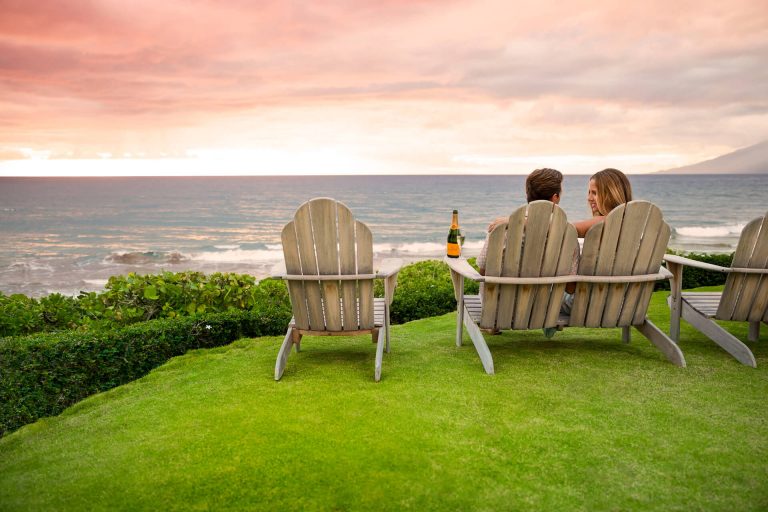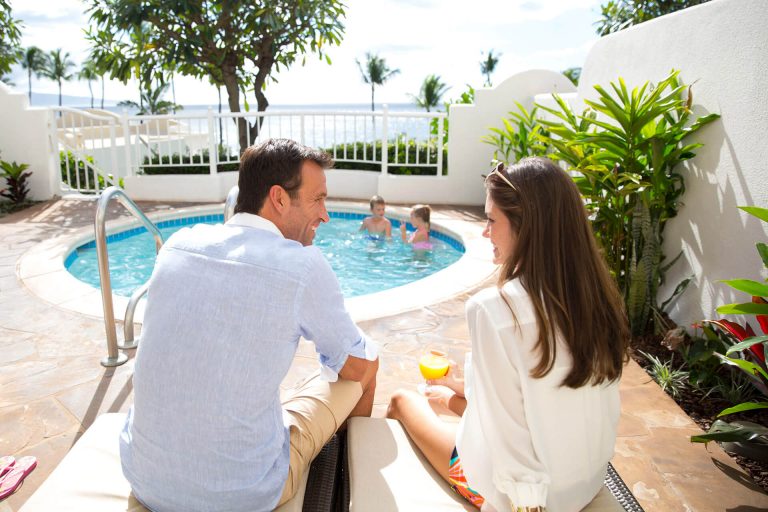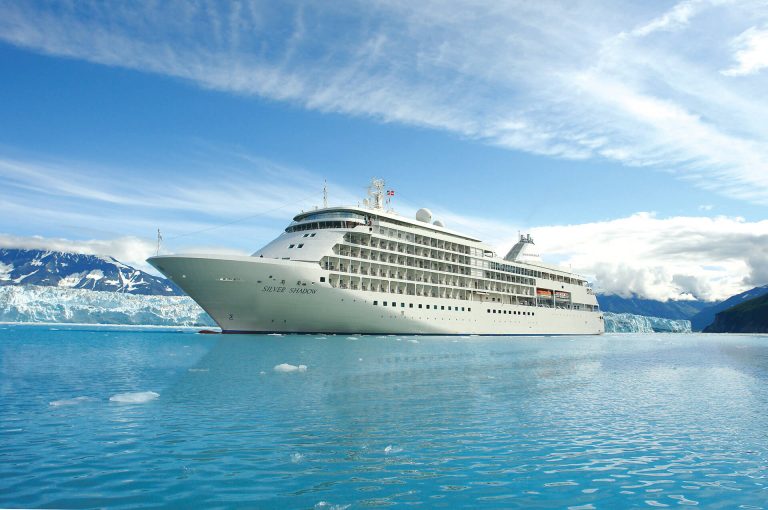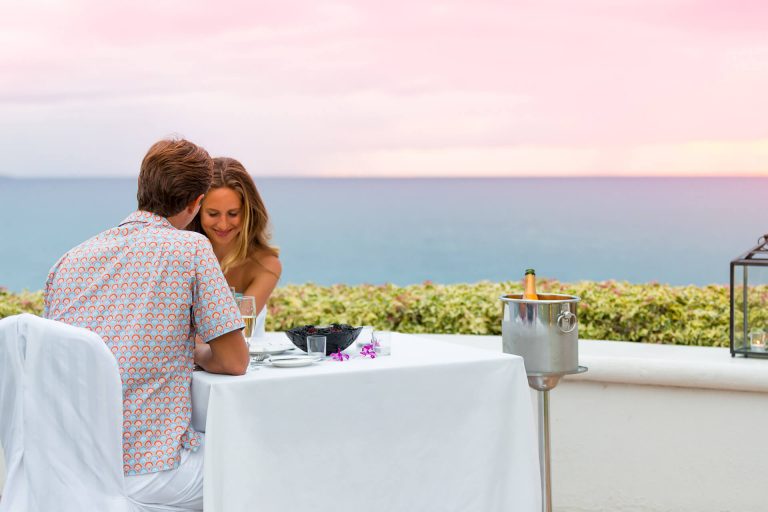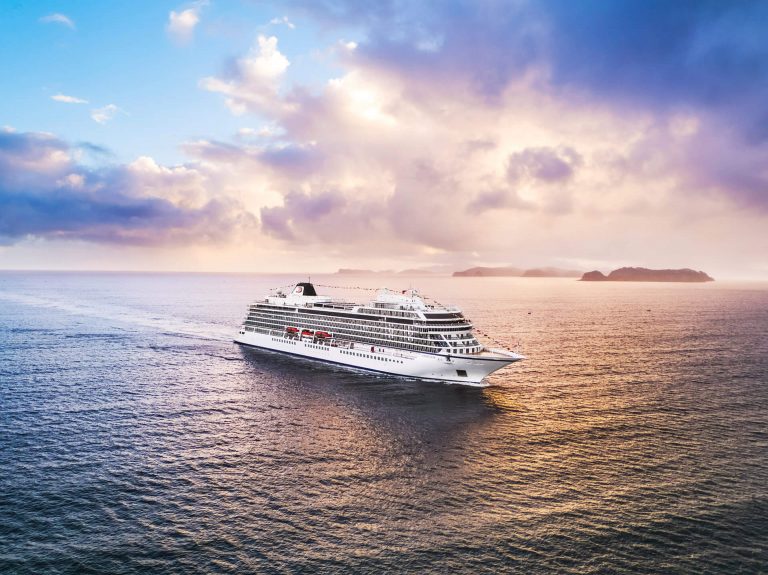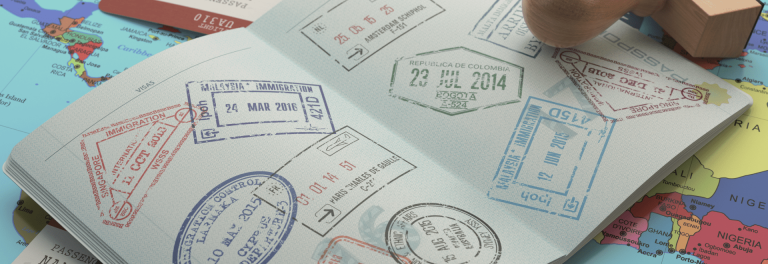WHAT DOES THE CRUISE FARE INCLUDE?
Your accommodation in whatever grade of cabin you have chosen, your meals and all the entertainment on board. You do, of course, have to pay for alcoholic drinks, shopping, shore excursions, the spa, gratuities, the casino and bingo etc. Many ships have special restaurants serving haute cuisine food and there is normally a service charge of around $20 pp for these but it’s well worth the extra! Some luxury cruise lines include alcohol, gratuities, excursions and other special amenities.
Here are some convenient definitions to help you understand the ‘lingo’ of cruise rates & categories:
INTERLINE RATES
Interline rates were initially introduced to help the cruise lines fill ships that were selling too softly in the retail market. The idea is to offer drastically reduced rates to airline employees in order to recover as much revenue as possible with onboard spending. The necessity for interline rate programs will always be there as long as the cruise lines have ships sailing at less than full capacity. Most major cruise lines have embraced the interline concept and offer special interline rates even on cruises that are selling well on the retail end.
RATES
Unless otherwise stated, rates offered are in US dollars, per person, based on double occupancy, and include port charges. Taxes can not legally be included in a rate quote, so they are additional (and usually quite a small amount). The first and second passengers in any given cabin pay the posted rate, regardless of age
3RD/4TH RATES
These are the rates that apply to additional guests sharing the same cabin with the first two people who paid the regular (1st/2nd) rate. In most cases, these guests will sleep on a sofa bed, a rollaway or a Pullman (a bunk bed that folds out of the wall).
CHILDREN’S RATES
Most cruise lines do not have children’s rates at all. Children are simply given the 3rd/4th rate if sharing a room with adults. Exceptions to this rule include Disney cruises and a few Carnival & Norwegian sailings. In all cases, children staying in their own room (e.g. next door to parents) pay the full rate, be it interline or retail.
INSIDE CABIN
A cabin located in the interior of the ship which does not have any view.
OUTSIDE CABIN
A cabin facing the exterior of the ship with a window or porthole. Sometimes the word ‘oceanview’ is used to describe an outside cabin with a full window and no obstructed view.
OBSTRUCTED CABIN
An outside cabin that looks out on some kind of obstruction – usually a lifeboat just outside the window.
ATRIUM CABIN
On some ships (notably the Voyager-, Freedom-, and Oasis-class ships with Royal Caribbean) these special cabins have windows that overlook the interior atrium of the ship.
BALCONY CABIN (STANDARD)
Similar to outside cabins but with a private balcony.
CONCIERGE CLASS BALCONY CABIN
Celebrity’s term for a special balcony cabin with numerous additional features like complementary champagne, personalized stationary, improved bedding & in-room amenities and concierge service.
BALCONY SUITE
A general term referring to a larger version of a standard balcony cabin.
JUNIOR / MINI- SUITE WITH BALCONY
A cabin that is typically about 50% larger than a standard balcony cabin.
DELUXE / SUPERIOR / GRAND SUITE WITH BALCONY
A cabin about double the size of a standard balcony cabin.
ROYAL / OWNER’S / PENTHOUSE SUITE
The largest accommodations on a cruise ship, which usually include multiple rooms and numerous additional features.





